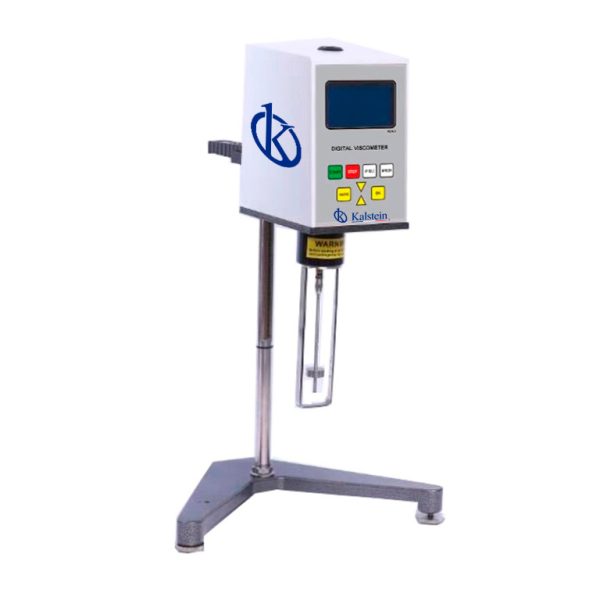Viscometers are instruments used to measure viscosity, which is defined as the resistance to flow. They are used to measure physical characteristics of liquids and solids, such as viscosity, density and rheology. Viscosity is a physical property of materials and is measured with a viscometer. These instruments measure the opposition of liquids to flow. Viscometers are used in all fields, from chemistry to physics. The basic principles behind viscometers are easy to understand.
Viscometers are characterized by measuring the resistance of solids and liquids to deformation by measuring the force exerted on the solid or liquid. This resistance is measured by preparing a known expansion in a given medium. To achieve this, viscometers generally have a viscometer cell, which contains a narrow passage. Material is placed at the top of the cell and the material flows through the passage of the cell and into it. This amount of material will allow the viscometer to record the resistance of the material.
What is the basis for measuring the viscosity of materials?
The basic principles behind viscometers are derived from the fact that every material has a certain resistance to flow. When you look at a liquid, you can observe how it flows with a certain degree of resistance. For this reason, viscometers are used to measure flow resistance. This property is critical in production processes; if a substance is too viscous, it will move with difficulty through a pipe.
When using a viscometer to measure the viscosity of a liquid, it is necessary to calibrate the instruments according to the peculiarity of each liquid. This is done by placing the viscometer in the liquid to be measured and allowing it to stand for a period of time before recording the results. This calibration is necessary to ensure the accuracy of the viscometer results.
How are the measured viscosity results represented?
Viscosity scales are commonly used to measure and calculate the viscosity of materials. These scales allow the comparison of the resistance of materials to flow with each other, according to the scale being used. There are several viscosity scales that can be used to express the measurements made on materials, depending on the kind of material that needs to be measured. These scales can use the unit of time, the K, the Saybolt Universal, the Saybolt Furol or the Engler.
Viscometer results can be displayed numerically or graphically, depending on the density of the materials. The visualization of the results can be done by straight lines, curves, surfaces, contours or graphs. A viscometer is an instrument that measures the flow resistance of liquids and solids. With this instrument the viscosity of materials can be measured, as well as the density, rheology and other physical characteristics.
In summary, the basic principles of viscometers are based on the fact that all materials possess flow resistance, which is measured by measuring the force that the material exerts on itself. This resistance is measured by maintaining a known expansion, and the data obtained is used to compare the materials on a viscosity scale to facilitate the analysis of the results. Viscometers are very useful tools in various scientific fields, due to their high degree of reliability and accuracy.
What Kalstein offers in viscosity measurements
Kalstein’s viscosity measuring equipment makes the procedure fast, reliable, accurate and reproducible. The manufacturer has taken great care to offer robust and competitively priced instruments for sale, so that laboratories can count on excellent equipment technology. The YR05853 – YR05854 laboratory rotational viscometer, for example, stands out for its high accuracy, easy handling and a probe for temperature measurement. The purchase of this equipment can be done in a very simple way: visit our web pages, and get to know all the products that the brand offers. The web addresses are: HERE and HERE.

